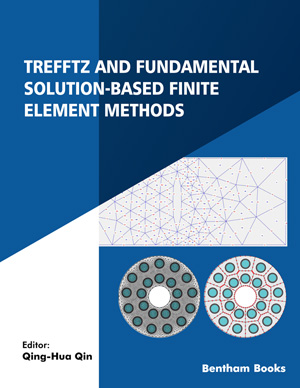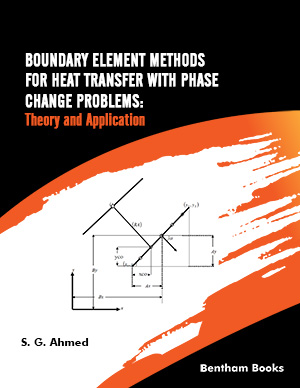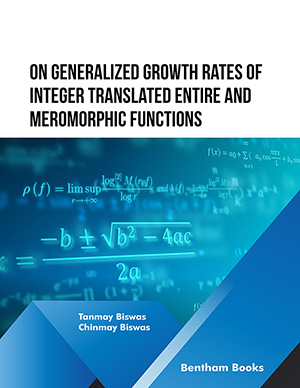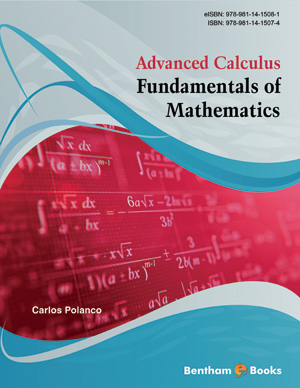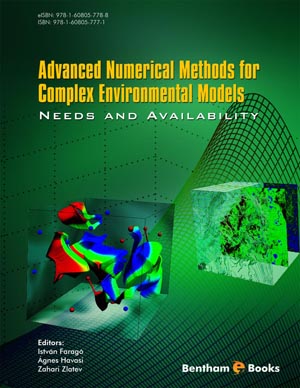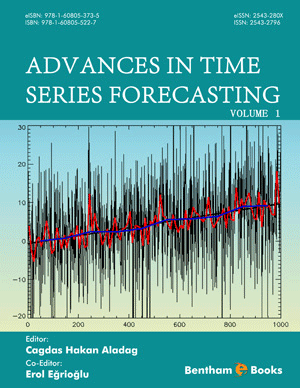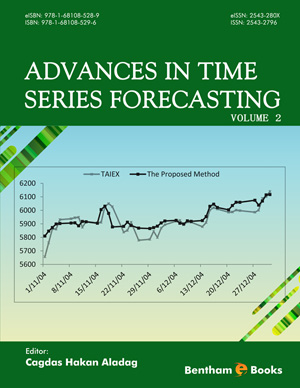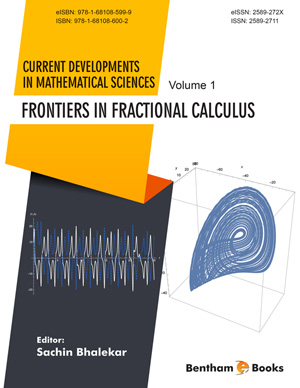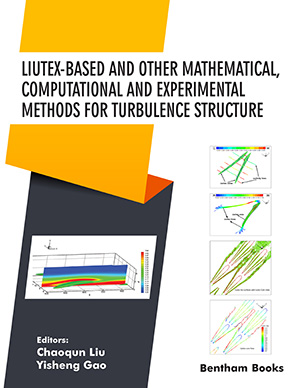Abstract
The use of conventional finite element method for the determination of flexural vibrations and rotordynamic response of rotating tapered composite shafts requires a fine mesh of Lagrangian as well as Hermitian finite elements. Such a fine mesh leads to discontinuities in the shear force and bending moments across the interfaces of the elements. In addition, the strains in individual plies are discontinuous across the element interfaces. As a consequence, the natural frequencies, critical speeds and other dynamic response variables could not be calculated with the required accuracy and efficiency. The Hierarchical finite element method combines the features and advantages of the conventional finite element method and the Rayleigh-Ritz method. It can be used in such a way that the above-mentioned limitations associated with the use of conventional finite element method can be eliminated. In the present chapter, an efficient hierarchical finite element formulation is developed for the vibration and rotordynamic analysis of tapered composite driveshafts. The accuracy and efficiency of this formulation are demonstrated. Using the developed formulation, the rotordynamic response including the natural frequencies and critical speeds of tapered composite shafts are determined. A design parametric study is also presented.
Keywords: Composite shaft, Critical speeds, Driveshaft, Free vibration, Natural frequencies, Rotordynamics, Taper angle, Tapered shaft.


